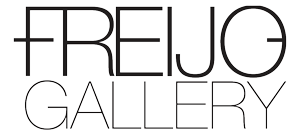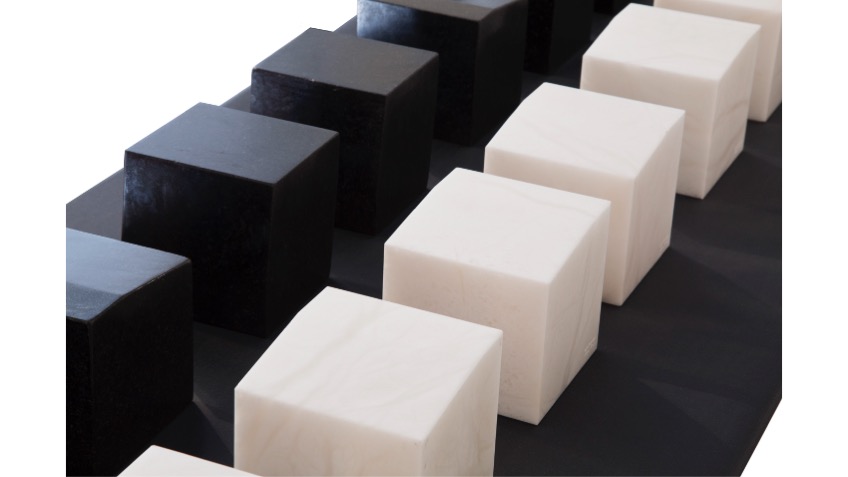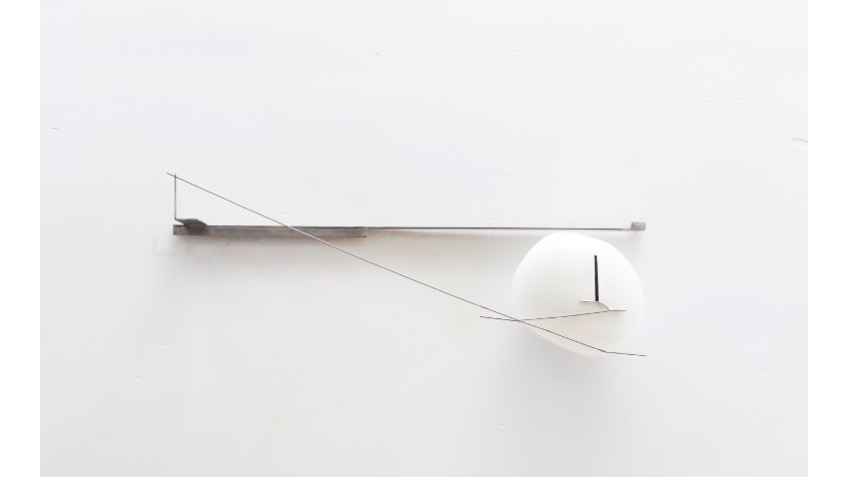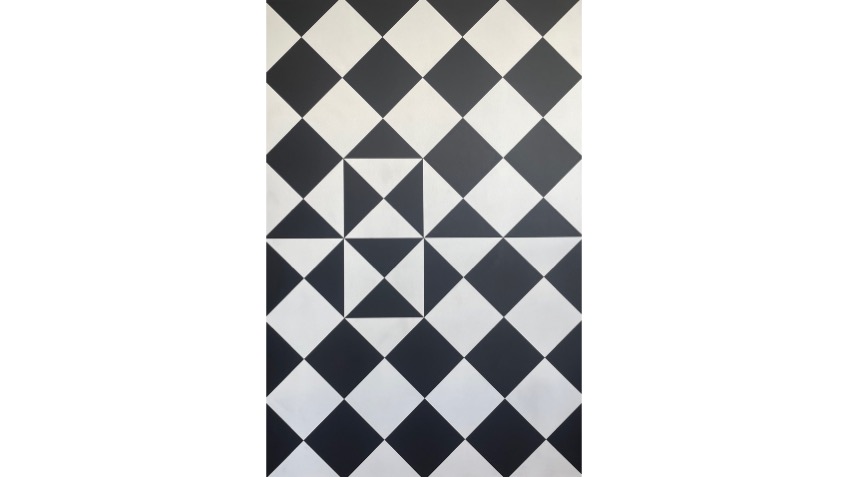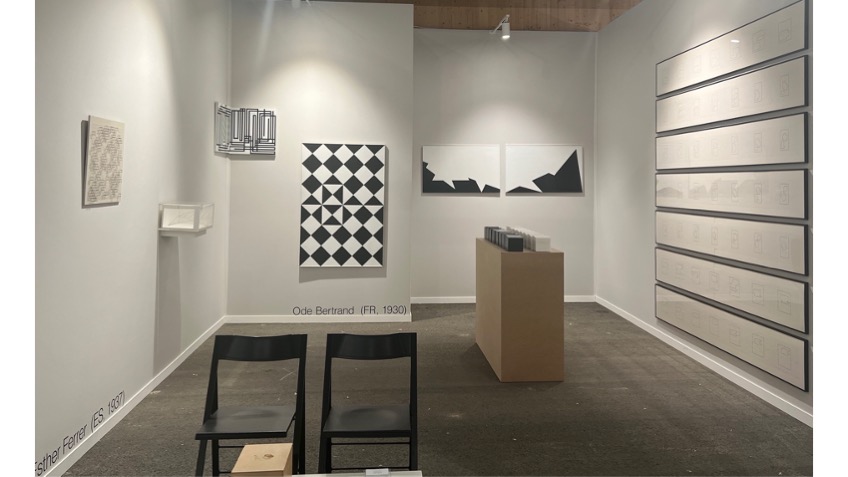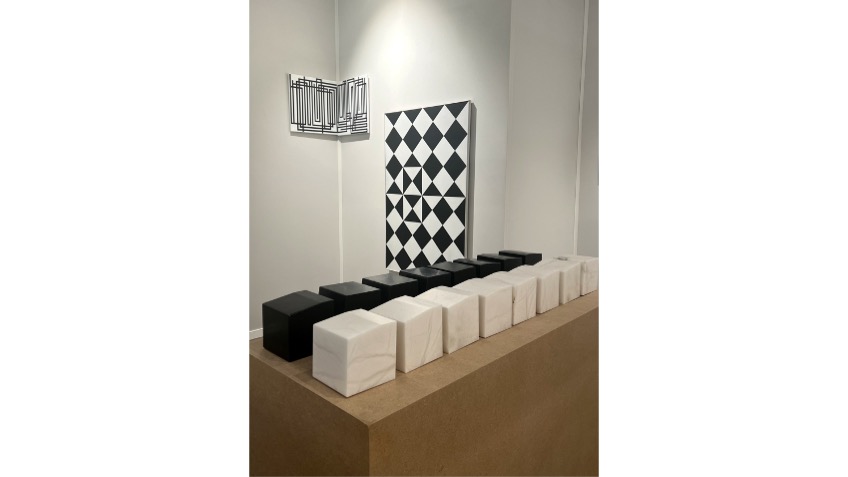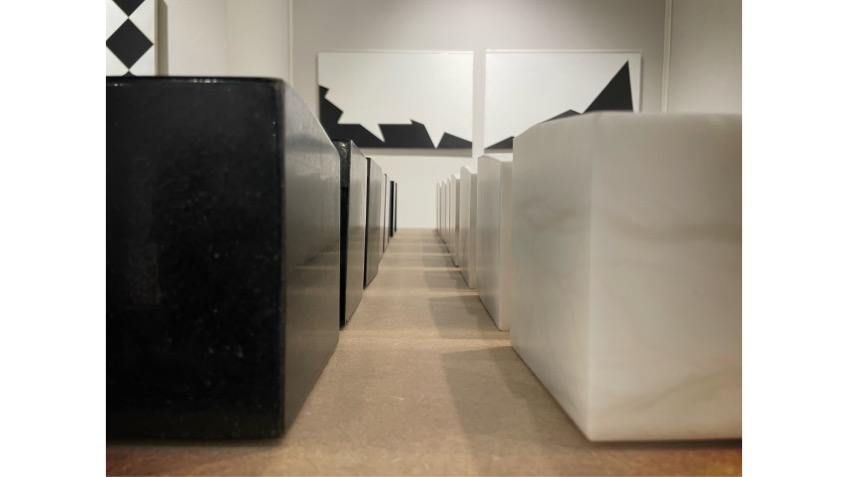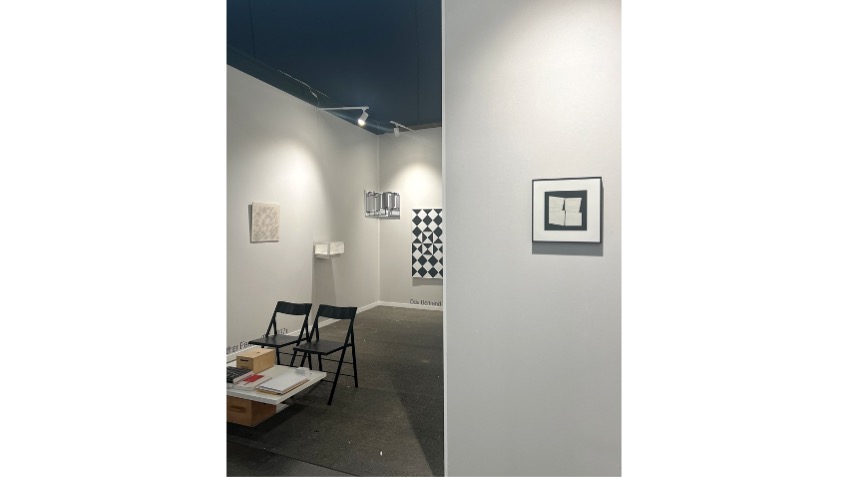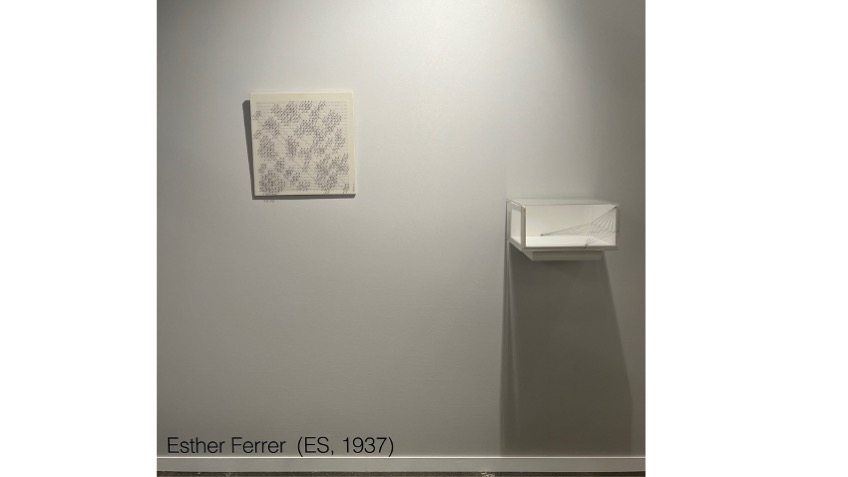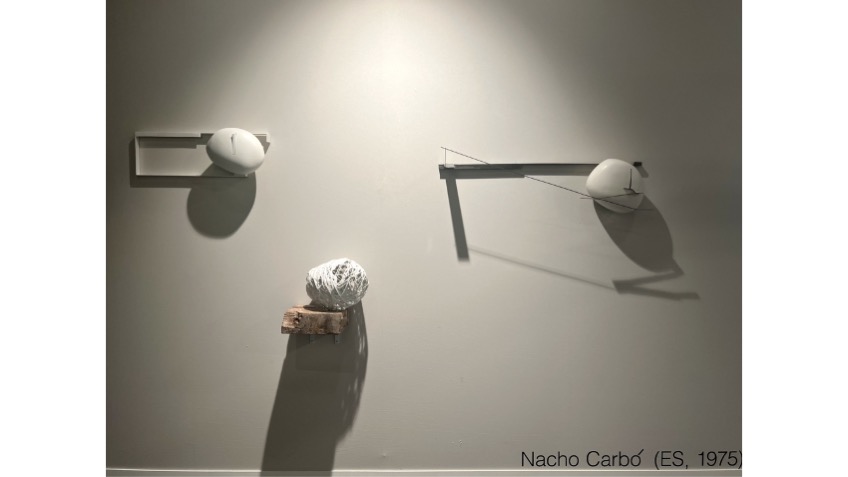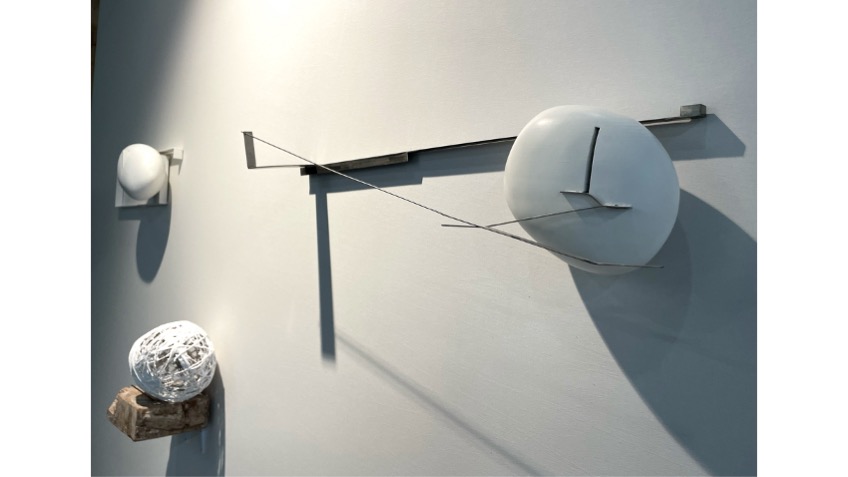ART PARIS | APR 2024
DATE: from April 4, 2024 to April 7, 2024
https://www.artparis.com/en/future_editions
PLACE: GRAND PALAIS ÉPHÉMÈRE - CHAMP-DE-MARS
The G3 stand project, conceived in collaboration with Marie Sophie Lemoine, revolves around four artists from different generations, whose work focuses on space, geometric perspective, mathematics and architecture. The black-white contrast of their works and the experimental nature of their work give this project a visual and conceptual homogeneity.
Elena Asins (ES, 1939-2018), Ode Bertrand (FR, 1930), Esther Ferrer(1937) and Nacho Carbó (ES, 1975) explore space through geometric abstraction. Their work is situated between the two-dimensional and the three-dimensional, dynamism and immobility, order and disorder, structure and arbitrariness.
Elena Asins' work is constructed from combinations, repetitions, variants and mathematical variables. In the artist's own words, "I am not guided by criteria of beauty, but by criteria of mathematical logic and ethics. It's an algorithm, so if I remove a figure or change it, I'm lying". It is, therefore, an algorithmic aesthetic, also linked to the world of programming, computing and binary language, of zeros and ones, positives and negatives, blacks and whites.
A pupil of the French geometric abstract artist Aurelie Nemours, she opted for geometric abstraction from the outset, without having had a figurative period or having tried other styles.Bertrand uses the line as a sign and structure with which to subvert geometric figures defined around the golden ratio, through grids, labyrinths or triangles. The line and the stroke that she articulates and modulates ad infinitum on paper or canvas, also invites rhythm.
Nacho Carbó presents us with subtle interferences and interventions in space, creating a series of micro-architectures in an abstract language, alternating geometric aspects with others that are more organic, architectural elements with others more linked to nature.
The four artists identify with a conception of art that is not static, but also incorporates and depends on the perception and the ideas that are generated in the viewer, turning the encounter between spectator and work into a call to though and introspection.
RTVE - ART PARIS 2024 with Nacho Carbó (French broadcast):
Our artist Nacho Carbó, whose work is currently exhibited at Galeria Freijo's Stand G3 at ART PARIS 24, was interviewed during the French broadcast of RNE in the special Art Paris 2024.
Carbó comments on how his work, and in particular the series of "Microarchitectures" currently on display at the fair, stems from his interest in the relationship between architecture and nature and in being able to talk "about how we, human beings, occupy our place and relate to our surroundings and the elements". The artist also stresses the need to "rethink our relationship with nature and the world" and describes the role of art and his work in particular, in the face of the problematic crisis in which we find ourselves.
